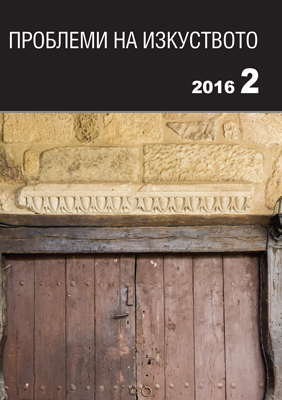
We kindly inform you that, as long as the subject affiliation of our 300.000+ articles is in progress, you might get unsufficient or no results on your third level or second level search. In this case, please broaden your search criteria.

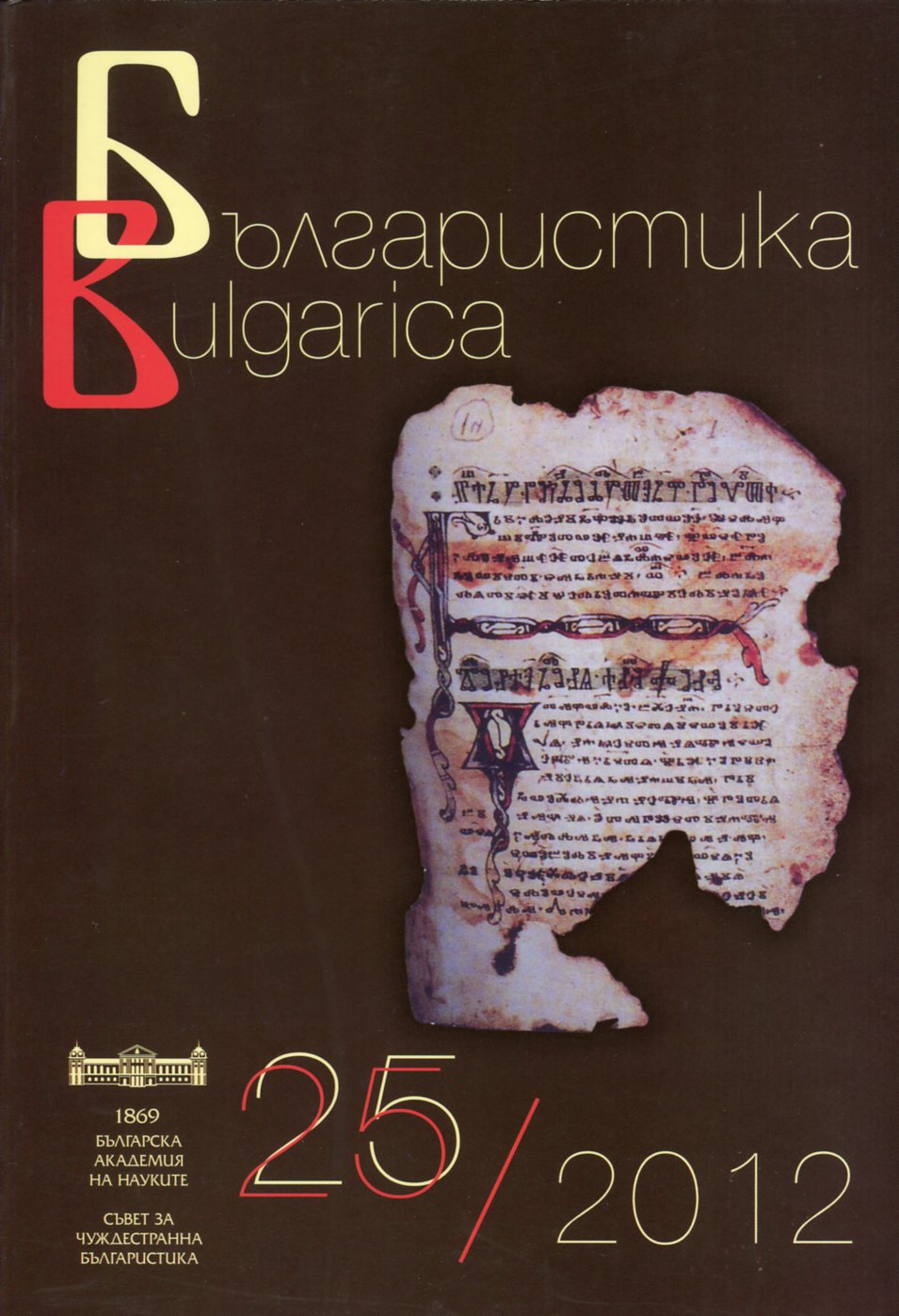
Content of the main Bulgarian scientific journals for the current year in linguistics, literature, history, folklore, ethnography, archeology and art studies
More...
Review of: Anna Temkina - Рэйвин Коннелл. Гендер и власть: Общество, личность и гендерная политика. Авториз. перевод Т. Барчуновой, науч. ред. перевода И. Тартаковская, подго- товка русской версии примечаний и библиографии О. Ечевской. М.: Новое литературное обозрение, 2015. 432 с. ISBN 978-5-4448-0248-9.
More...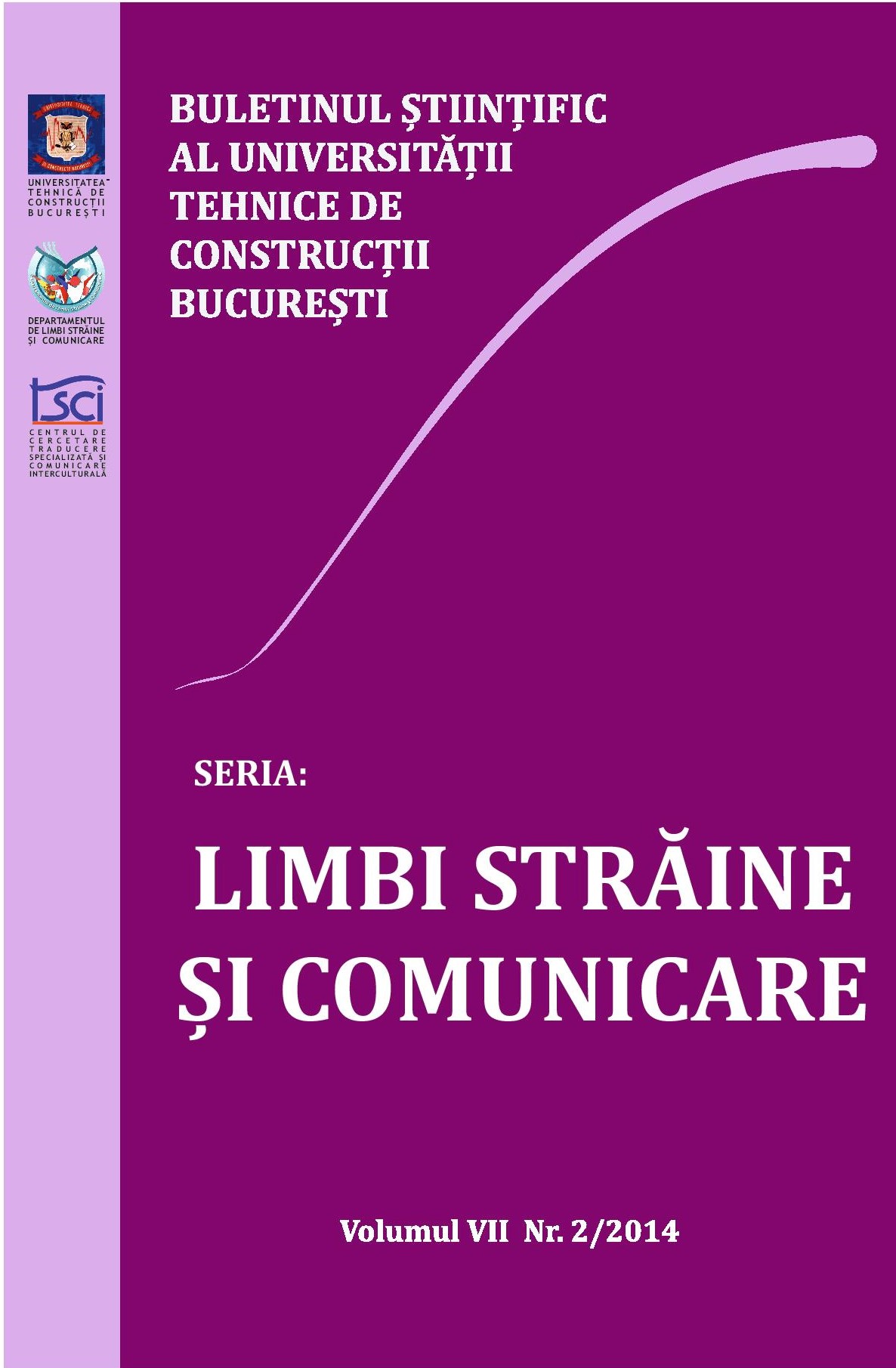

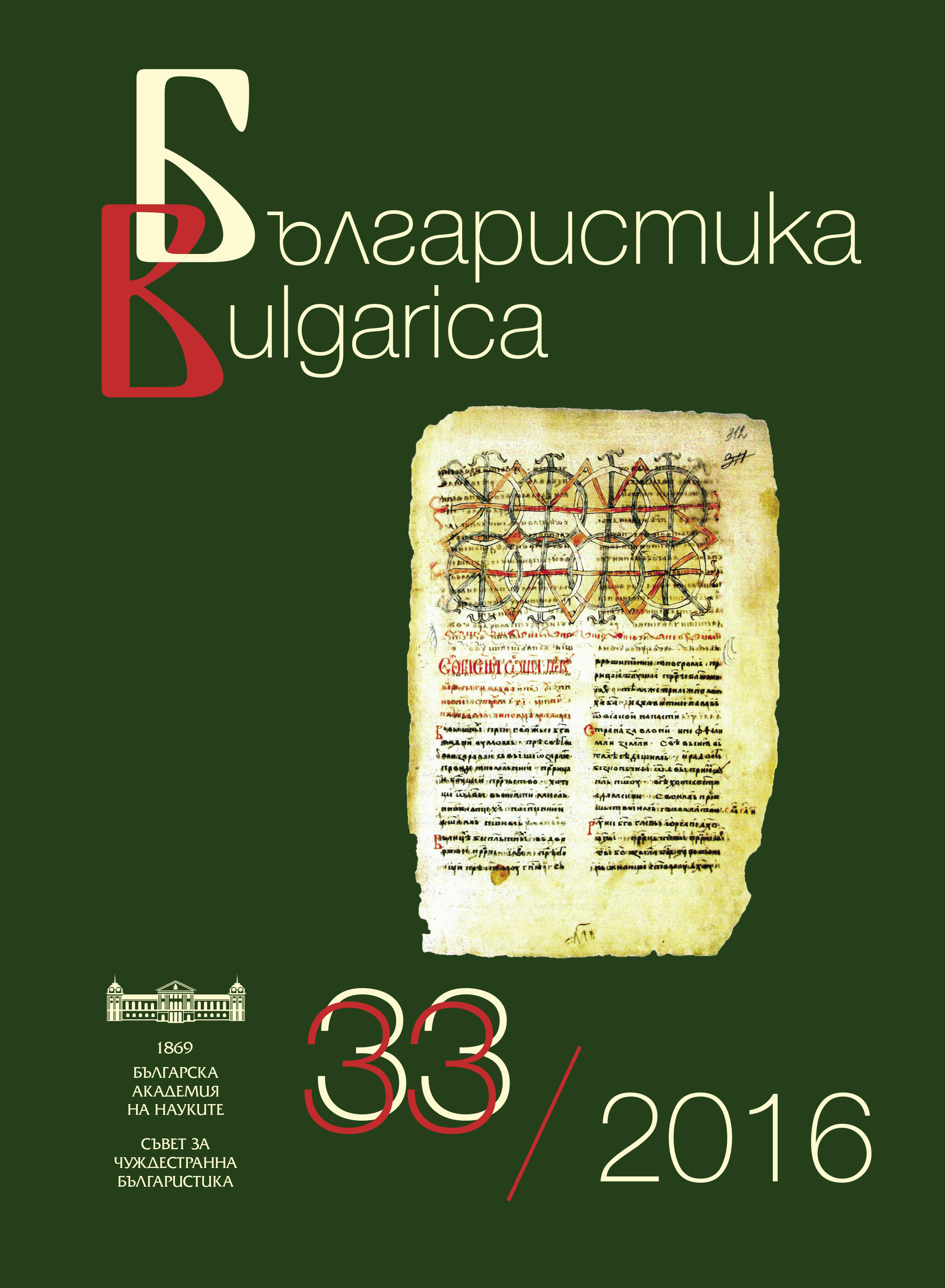
Selected bibliography in the field of Bulgarian Studies published in the current year
More...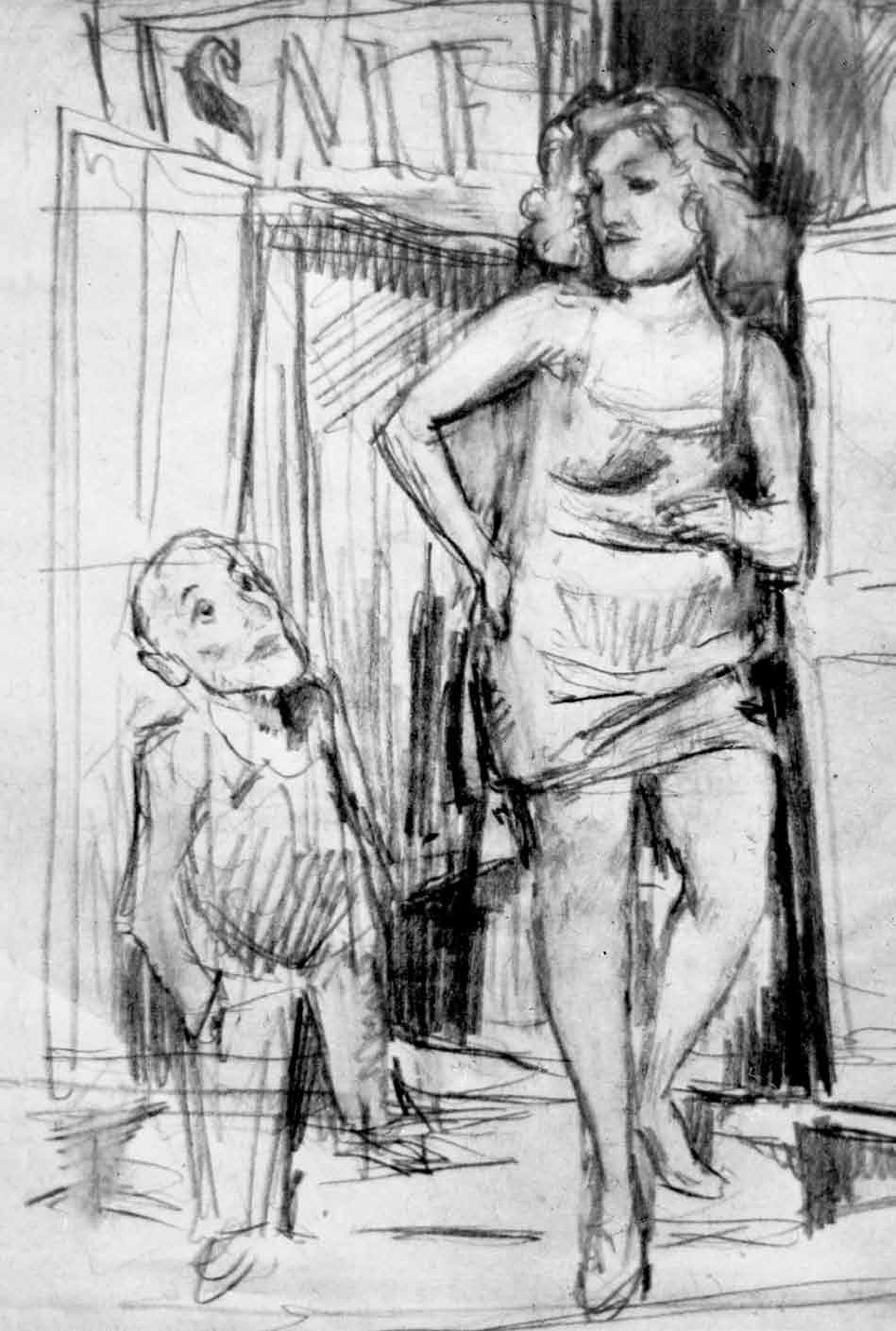
The literary output of Bruno Schulz became known abroad in the 1960s, when "Cinnamon Shops" and "Sanatorium under the Sign of the Hourglass" were published in translations. The German translation of both volumes was published by Carl Hanser Verlag in Munichin 1961, providing a basis for the foreign editions of Schulz’s fiction in Denmark and Finland. For 45 years, the German market was cornered by those early translations by Josef Hahn, published 24 times either in collections or separately. A new German version,by Doreen Daume, appeared as late as in 2008 and 2011. Such a long break implies that translating Schulz’s poetic prose must be quite difficult. The paper reconstructs the German reception of Schulz and presents criticism of some German translations.
More...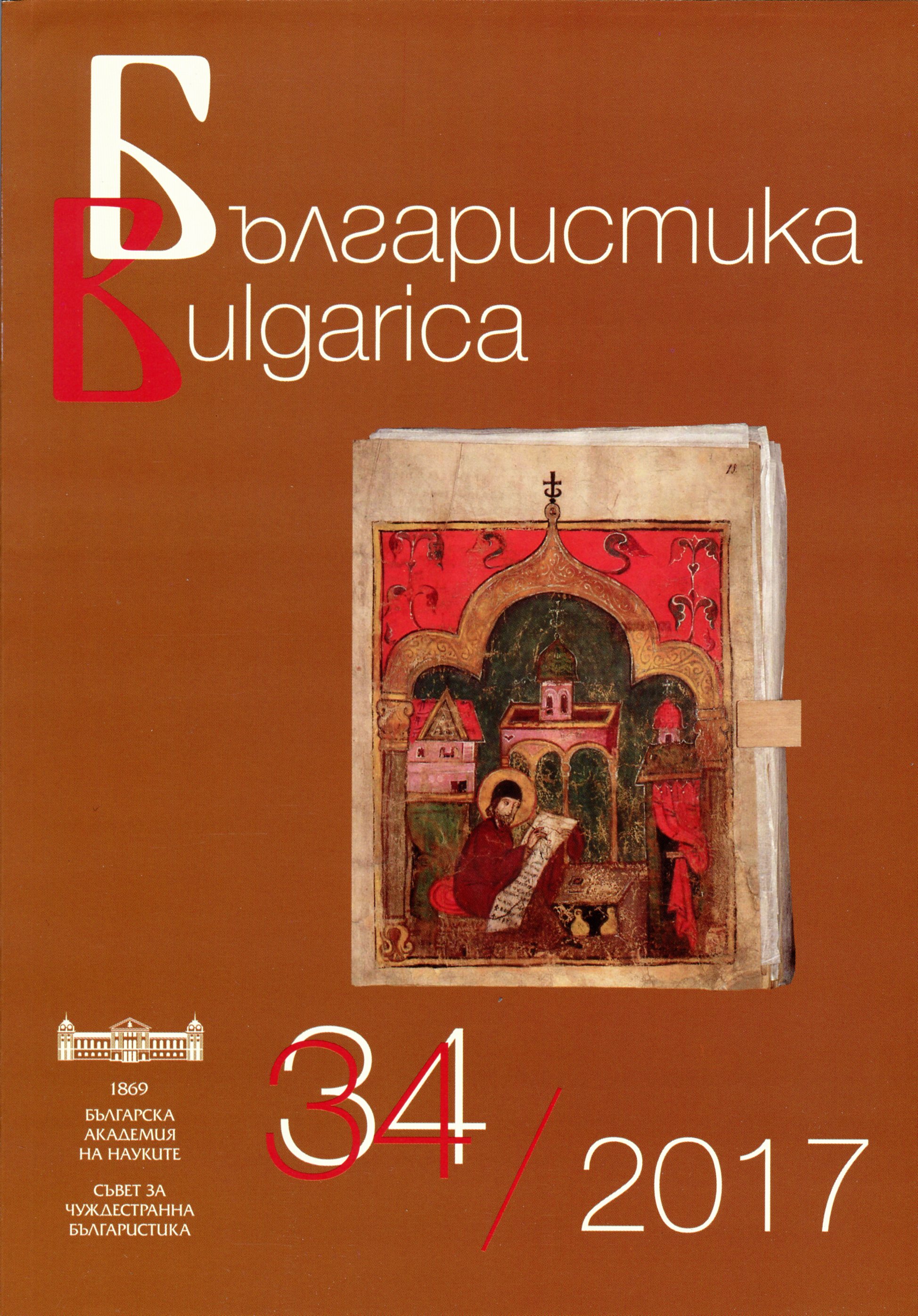
Data about scientific events in the field of the humanities in Bulgaria in 2017
More...
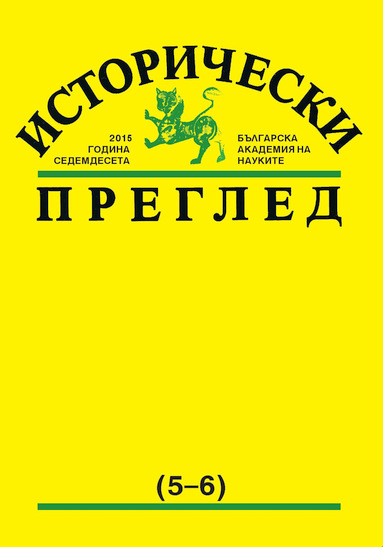
A little more than fifty years after publishing of Jireček’s History of the Bulgarians (Dějiny naroda bulharskeho), a new Czech work on Bulgarian past appeared – History of the Bulgarian People (Dějiny naroda bulharskeho) by Frantishek Hybl. Today the name of Hybl is almost forgotten. This paper presents the assessments of three Bulgarian scholars (Lyubomir Miletich, Yurdan Trifonov and Petăr Kyurkchiev) concerning Hybl’s work, which were published in 1930 in weighty Bulgarian periodicals. It also poses the question whether Hybl’s History of the Bulgarian People not be carefully reconsidered.
More...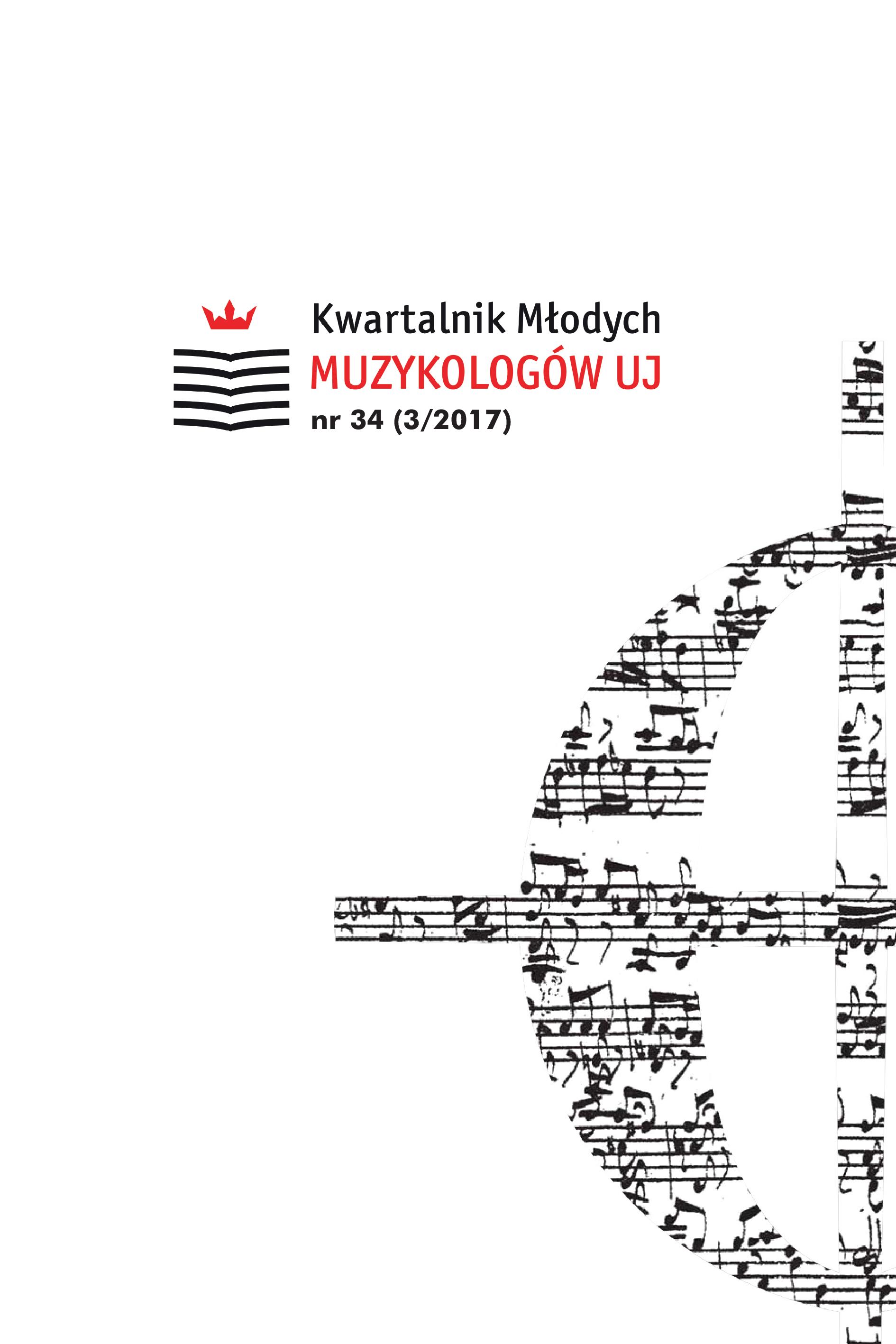
The interbellum was a period when the spontaneous popularity of Jewish music was born. Its expansion in the area of general culture coincided with the rise of a strong institutional and media backing for the musical activities (which means that this music had to have a market value), and on the other hand—with the revival of the national Jewish movement in its various ideological forms, all of which acknowledged a significant role for fostering their own culture. At that time, Prague was the third most important (after Vienna and Berlin) center of Jewish culture in Central Europe, and it strongly influenced the neighboring centers such as Bratislava, Budapest, or—the closest to the author of this abstract—Warsaw. In this paper, various aspects of the Jewish music’s presence in the general musical life of the interwar Prague are being discussed, namely: the open musical activity of Jewish organizations and synagogues, Jewish instrumental and choral music, as well as Jewish songs (synagogal, folk and artistic) performed in the concert halls of Prague, the activity of the group of young Jewish composers (among others: Walter Süskind, Mieczysław Kolinski, Berthold Kobias, Hermann Weiss and Frank Pollak) who formed the so-called “New Jewish School” in music, and finally, writing about Jewish music.
More...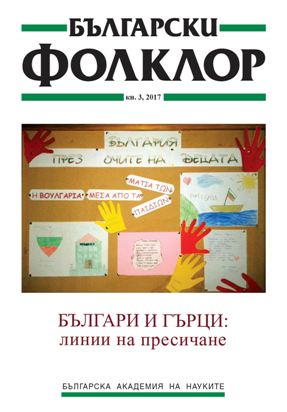


A homage to professor Eugen Sava
More...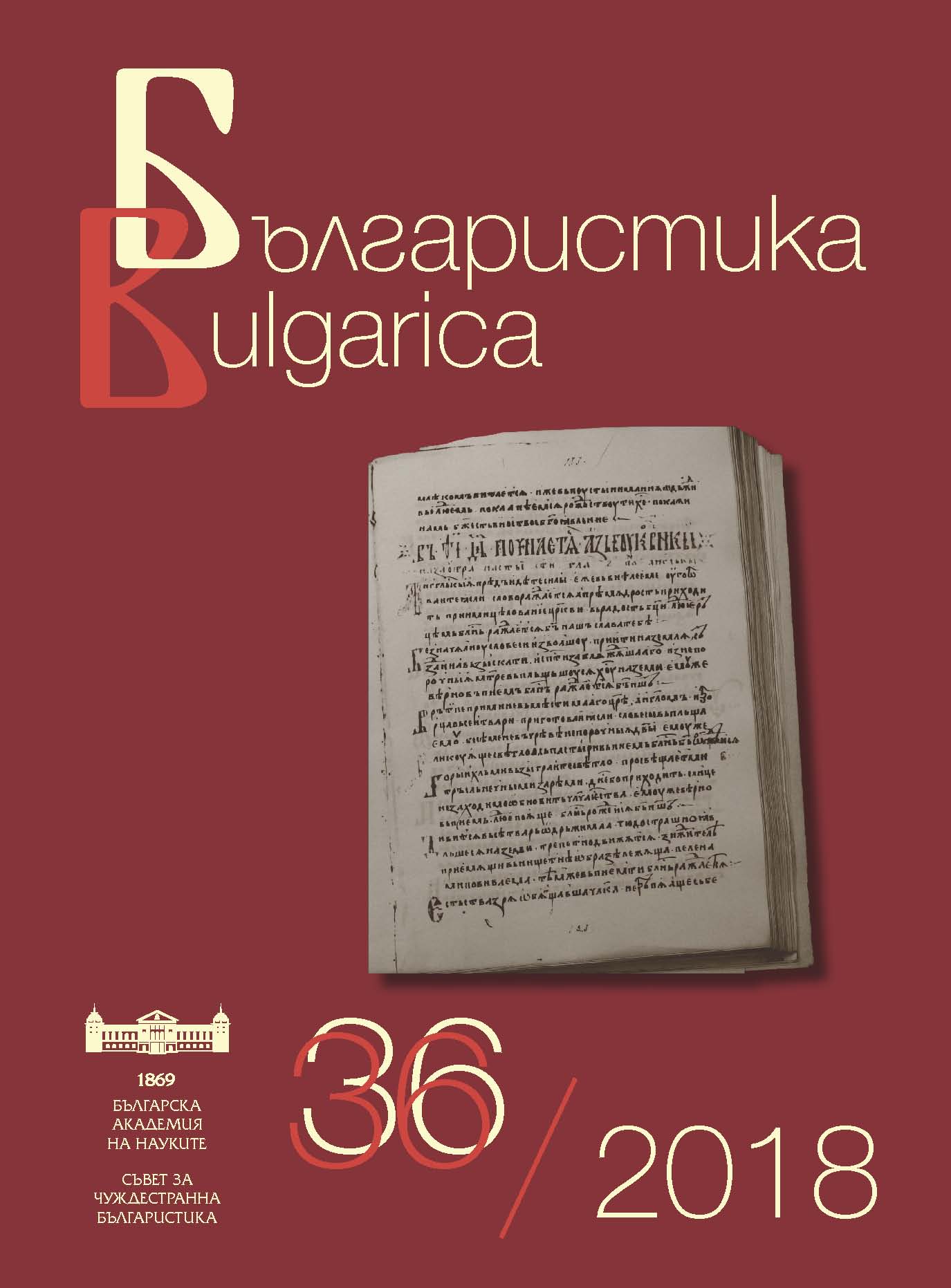
Defended PhD theses in Bulgaria in the field of linguistics, literature, history, folklore, ethnography and art studies
More...
Data about scientific events in the field of the humanities in Bulgaria in 2018.
More...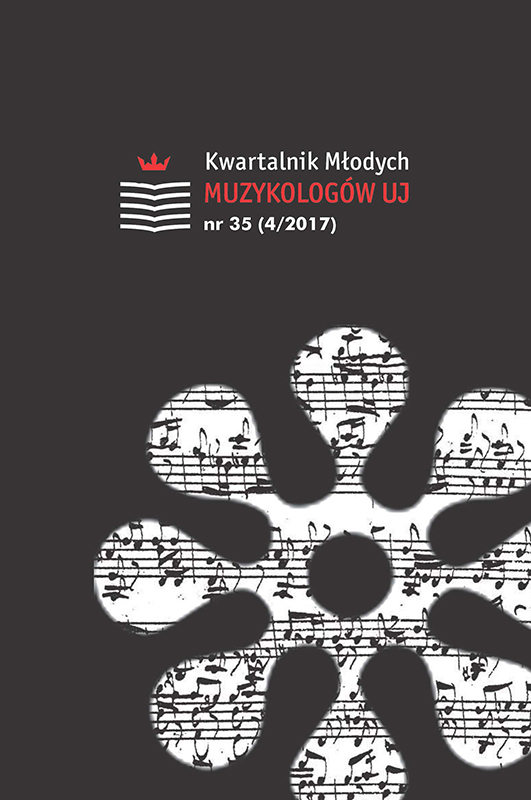
Since the middle of the 19th century, Franz Schubert’s song cycles Die schöne Mullerin and Winterreise are not only considered as an outstanding contribution to the Lied genre, but also as “romantic” compositions par excellence, whose protagonists might be depicted adequately only by performances of male singers. The “masculine nature” (Carl Lafite) of these thoughts, emotions and actions might be inappropriate for female singers. This attitude, which is still present today (even amongst professional musicians and musicologists), though, contradicts not only the performance practice of the early 19th century, but even Schubert’s handling of his songs. In fact, the idea of these two cycles as “men’s cycles” has only developed in the course of the 19th century, when various impacts such as the general upvaluation of the Lied genre, the transfiguration of the composer, the interpretation of his songs as being a personal statement, and the idea of Werktreueshaped the reception of Schubert’s compositions. These factors led to the consolidation of strong and still valid power structures, in which men are regarded as the norm, whereas women (and other alternative voice categories like countertenors) appear as deviation from this norm. These structures are tightly related to similar conditions and principles which have been outlined in the past decades by the masculinity studies on higher levels of our society. In this paper, I will set out this whole process by delineating the performance practice at Schubert’s time, his own attitude (insofar as it is possible), the various influences of romantic musical aesthetics, and the development of the mentioned performance tradition towards the end of the 19th and the beginning of the 20th century. Furthermore, a number of statements from the 21st century will demonstrate that these concepts are still common today, and I will correlate them with some certain principles pointed out by masculinity studies from the last decades.
More...
The work concerns Giovanni Battista Bassani’s output and its reception with a particular emphasis on manuscripts preserved in the collection from parish church in Grodzisk Wielkopolski. The oeuvre of this composer has been preserved to a huge amount today—there are 441 manuscripts and 67 prints preserved in 287 copies.The article consists of two parts. The first chapter presents a list of sources of the composer’s works, created using the RISM database with special attention to the Polish sources. In addition, a list of sources identified as the transmission of Bassani’s output is presented. The second part of the article characterises the composer’s works preserved in the collection from parish church in Grodzisk Wielkopolski.
More...
Dresden played no role in Carl Ditters von Dittersdorf’s life, but history made this city one of the most significant places regarding preserved sources of his works. In the Department of Special Collections (German: Sondersammlungen) of the Sächsische Landesbibliothek—Staats- und Universitätsbibliothek in Dresden (English: Saxon State and University Library Dresden, abbr.: SLUB), there are, among others, more than thirty archival sources containing Carl Ditters von Dittersdorf’s symphonies. That makes it the third richest collection of symphonic works by this composer. The majority of them comes from court’s theatre of Duke Frederick August Braunschweig-Oels in Oels (Öls, Polish: Oleśnica). It is one of the most representative collections of Dittersdorf’s symphonies from all known archives. There are several composer’s autographs, partial autographs, a large variety of works from all periods of his activity, and a few unique copies of symphonies as well. A minor body of Dittersdorf’s symphonies comes from two different sources, until recently unknown. One group is the set of partbooks (contemporary with Dittersdorf), including—apart from Dittersdorf’s works—several dozen movements of serenades, symphonies, string quartets etc. of G.B. Sammartini, J.G. Graun, J.Ph. Rameau, the Stamitz family and J. Haydn, apparently used in performances on the occasion of court activities, not in concerts. The second, from 1860s, is the set of scores, prepared by C. Mehner.
More...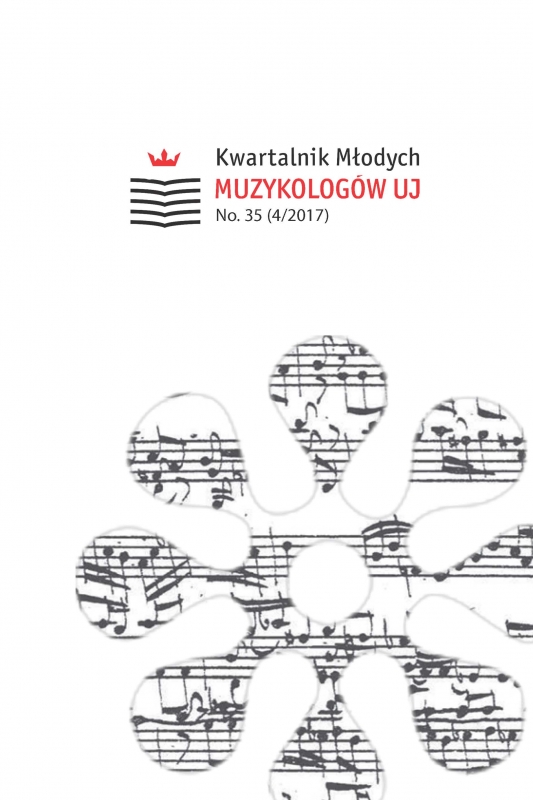
Dresden played no role in Carl Ditters von Dittersdorf’s life, but history made this city one of the most significant places regarding preserved sources of his works. In the Department of Special Collections (German: Sondersammlungen) of the Sächsische Landesbibliothek—Staats- und Universitätsbibliothek in Dresden (English: Saxon State and University Library Dresden, abbr.: SLUB), there are, among others, more than thirty archival sources containing Carl Ditters von Dittersdorf’s symphonies. That makes it the third richest collection of symphonic works by this composer. The majority of them comes from court’s theatre of Duke Frederick August Braunschweig-Oels in Oels (Öls, Polish: Oleśnica). It is one of the most representative collections of Dittersdorf’s symphonies from all known archives. There are several composer’s autographs, partial autographs, a large variety of works from all periods of his activity, and a few unique copies of symphonies as well. A minor body of Dittersdorf’s symphonies comes from two different sources, until recently unknown. One group is the set of partbooks (contemporary with Dittersdorf), including—apart from Dittersdorf’s works—several dozen movements of serenades, symphonies, string quartets etc. of G.B. Sammartini, J.G. Graun, J.Ph. Rameau, the Stamitz family and J. Haydn, apparently used in performances on the occasion of court activities, not in concerts. The second, from 1860s, is the set of scores, prepared by C. Mehner.
More...